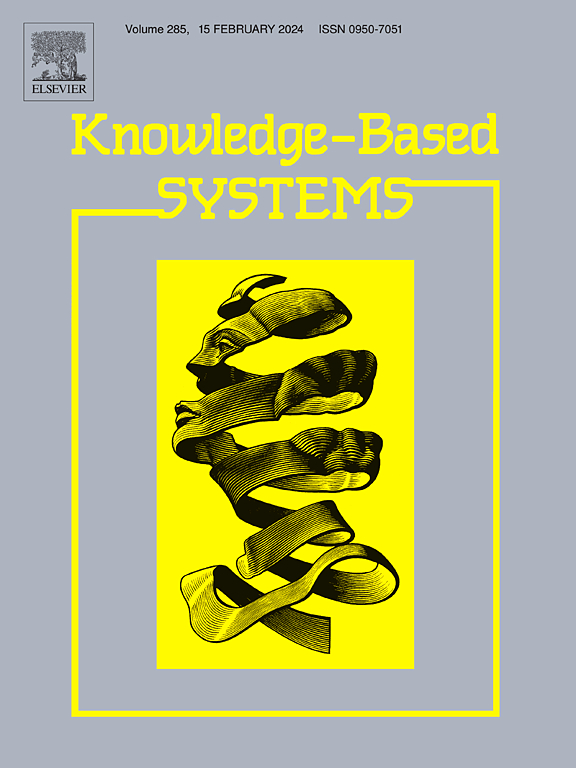Blind image quality assessment for in-the-wild images by integrating distorted patch selection and multi-scale-and-granularity fusion
IF 7.2
1区 计算机科学
Q1 COMPUTER SCIENCE, ARTIFICIAL INTELLIGENCE
引用次数: 0
Abstract
Images taken in natural environments often exhibit complicated distortions, posing significant challenges for assessing their quality. Although current methods prioritize the perception of image contents and distortions, few explicitly investigate local distortions, a crucial factor affecting human visual perception. To mitigate this, this paper proposes a novel blind image quality assessment (IQA) method for in-the-wild images, termed DPSF, which integrates Distorted Patch Selection and multi-scale and multi-granularity feature Fusion. Specifically, it is first explained that the distributions of the mean subtracted contrast normalized coefficients of distorted patches differ from those of undistorted patches. Building upon this, an effective strategy for distorted patch selection is devised. Subsequently, a hybrid Transformer-convolutional neural network (CNN) module is proposed to exploit the benefits of both Transformer and CNN for distortion perception, in which the long-range dependencies of the selected patches are considered. Finally, an effective fusion module is employed for image quality evaluation, amalgamating finer and richer semantic and distortion features from multiple scales and granularities. Experimental results on five authentic IQA databases demonstrate that the proposed method yields more precise quality predictions compared with the state-of-the-art methods.
基于扭曲斑块选择和多尺度与粒度融合的野外图像质量盲评估
在自然环境中拍摄的图像往往表现出复杂的扭曲,这对评估其质量构成了重大挑战。虽然目前的方法优先考虑图像内容和扭曲的感知,但很少有人明确研究局部扭曲,这是影响人类视觉感知的关键因素。为了解决这一问题,本文提出了一种新的野外图像质量盲评估方法,称为DPSF,该方法集成了扭曲斑块选择和多尺度、多粒度特征融合。具体来说,首先解释了失真斑块的平均减去对比度归一化系数的分布与未失真斑块的分布不同。在此基础上,设计了一种有效的扭曲斑块选择策略。随后,提出了一种混合变压器-卷积神经网络(CNN)模块,利用变压器和CNN的优点进行失真感知,其中考虑了所选补丁的远程依赖关系。最后,采用有效的融合模块进行图像质量评价,从多个尺度和粒度融合更精细、更丰富的语义和畸变特征。在5个真实的IQA数据库上的实验结果表明,与目前最先进的方法相比,所提出的方法产生了更精确的质量预测。
本文章由计算机程序翻译,如有差异,请以英文原文为准。
求助全文
约1分钟内获得全文
求助全文
来源期刊

Knowledge-Based Systems
工程技术-计算机:人工智能
CiteScore
14.80
自引率
12.50%
发文量
1245
审稿时长
7.8 months
期刊介绍:
Knowledge-Based Systems, an international and interdisciplinary journal in artificial intelligence, publishes original, innovative, and creative research results in the field. It focuses on knowledge-based and other artificial intelligence techniques-based systems. The journal aims to support human prediction and decision-making through data science and computation techniques, provide a balanced coverage of theory and practical study, and encourage the development and implementation of knowledge-based intelligence models, methods, systems, and software tools. Applications in business, government, education, engineering, and healthcare are emphasized.
 求助内容:
求助内容: 应助结果提醒方式:
应助结果提醒方式:


